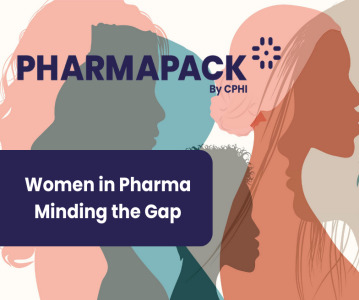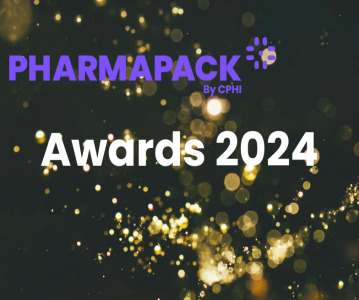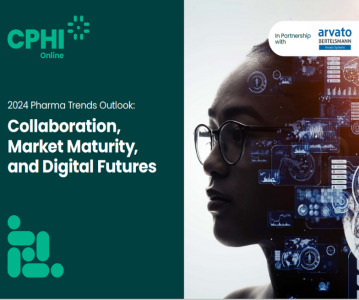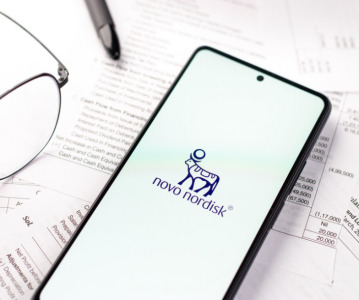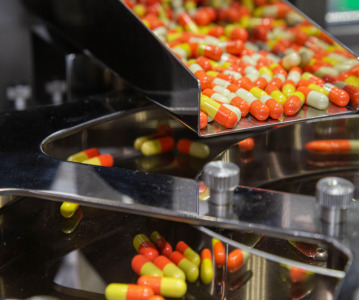Pipelines, Economics and IP: How Bioprocessing Tech Firms Assess Markets

Identifying areas of unmet need to guide R&D strategy and shape drug pipelines
Bioprocessing metrics
Epidemiology is a core skill for biopharmaceutical companies. Being able to identify an area of unmet medical need helps guide R&D strategy and, ultimately, is what shapes drug pipelines. It is also an important metric for bioprocessing technology suppliers. For such companies, disease monitoring is one of multiple factors used in sales forecasting and resource allocation.
Conor McKechnie, Chief Marketing Officer, GE Healthcare Life Sciences told us, “Modelling and predicting market demand for our current, planned and future products and services, is complex. “Given the subsequent business strategy and capital allocation decisions, GE Life Sciences uses a very broad and constantly evolving series of data sources.”
GE does not disclose specific details of how it monitors markets, however, McKechnie confirmed that epidemiology is taken into consideration along with a number of other factors.“These [GE’s market analysis metrics] include anything from macro socio-economic trends, disease epidemiology, national and transnational governmental investment strategies.”
He added that related metrics such as emerging areas of medical research as well as things venture capital activity, Government support for research and customer intelligence are also factored into decision making. “Combining this myriad of constantly changing data and insight with, most importantly, a very clear understanding of our customers’ needs helps us reach the best decisions for our customers and our business.”
Drug pipelines
Biopharmaceutical product pipelines are also an important consideration when assessing markets according to Karen Tiano, company spokesperson, at the Life Science business of Merck.
“We have a multi-step process. We look at the drug pipeline to understand what drugs are coming online, and we look at the commercial and development success — how they get to market, and once they get there, what the uptake is. At that point, we know roughly what the big molecules are.
She added that, “We have an internal model to figure out how much demand that actually means in terms of volume of drugs being manufactured. We then determine the specific demands for us for different types of products, whether it be consumables, instruments, systems or services in order to supply them.”
Looking at drug pipelines and products rather than clinical research is appropriate for the bioprocessing sector says Eric Langer, BioPlan Associates’ president and managing partner.
“Since single use systems (SUS) and bioprocessing devices are really not able to affect clinical outcomes – for example an RA biologic could be manufactured with the same equipment as a cancer therapeutic - these companies probably monitor the pipeline more than which clinical area is growing vs others.
He also told us that, “Monitoring pipeline could be an indication of future demand for alternative technologies. Similarly, biosimilars in the pipeline can be monitored, but these are more commercial decisions rather than directly bioprocessing-related.”
Intellectual property
Bioprocessing technology suppliers also take IP laws into consideration before deciding how they will approach a market according to Dr Ross Cummings, senior associate patent attorney at Gill, Jennings & Every LLP.
He told us, “The IP landscape is certainly something that any technology company looking to enter a market should be aware of. This can most obviously help avoid stepping on others’ toes by identifying others’ rights and assessing the risk of infringing such rights. “This can also be a useful exercise to assess the state of the art and identify potential competitors, partners and suppliers” Cummings said.
Keep pace with developments in Bioprocessing
Each year the CPHI brand unites more than 100,000 pharmaceutical professionals through exhibitions, conferences and online communities. If you're looking to meet the leading manufacturers and developers in the Bioprocessing space, learn the latest developments through quality conferences and access unparalleled networking opportunities we offer a portfolio of global exhibitions in all major pharma markets throughout the year - take a look at our event calendar for more information.
Related News
-
News Pharmapack Awards 2024 Patient-Centric Design Award Winner – Dr Ferrer BioPharma
The 2024 Pharmapack Awards celebrated the best in innovation and design for the pharmaceutical packaging and drug delivery industry on January 24, 2024. -
News Women in Pharma: Minding the Gap at Pharmapack 2024
2024 marks the first year Pharmapack will host a Diversity track dedicated to bridging the gap within the pharmaceutical packaging and drug delivery sector. The track includes a panel discussion on 'Enabling Diversity in the Workplace,' focused... -
News Pharmapack Awards 2024 - Celebrating Packaging and Drug Delivery Innovation
The 2024 Pharmapack Innovation Awards ceremony celebrated the best in pharmaceutical packaging and drug delivery innovation at all levels. The awards were held on January 24, 2024 at the Paris Expo Porte de Versailles. -
News 2024 Pharma Industry Trends Outlook: Collaboration, Market Maturity, and Digital Futures
The annual CPHI Online 2024 Pharma Trends Outlook, in partnership with Arvato Systems, identifies 12 key industry trends shaping the life sciences industry in the coming year. -
News New Novo Nordisk AI hub for drug discovery to open in London, UK
Danish pharmaceutical giant Novo Nordisk will be opening an AI-based research facility in the heart of London to advance drug discovery operations. -
News BioNTech to begin mRNA vaccine manufacturing in Rwanda by 2025
German biotechnology company BioNTech has stated their intentions to begin production at their mRNA vaccine factory in Rwanda by 2025, which will mark the first foreign mRNA vaccine manufacturing site on the continent of Africa. -
News Women in Pharma: Looking back on 2023 and moving forward to 2024
In this monthly series, we interview women from across the pharmaceutical industry and supply chain to discuss the importance of gender diversity in healthcare, the workplace, and beyond. -
News CPHI Barcelona 2023: Partnering for Success – Managing Outsourcing Relationships to Optimise Manufacturing Operations
During CPHI Barcelona 2023, insightful content sessions offered attendees the chance to explore trending topics with expert speakers and panellists. Here, we summarise what the pharma industry and supply chain are talking about the most.
Position your company at the heart of the global Pharma industry with a CPHI Online membership
-
Your products and solutions visible to thousands of visitors within the largest Pharma marketplace
-
Generate high-quality, engaged leads for your business, all year round
-
Promote your business as the industry’s thought-leader by hosting your reports, brochures and videos within your profile
-
Your company’s profile boosted at all participating CPHI events
-
An easy-to-use platform with a detailed dashboard showing your leads and performance

